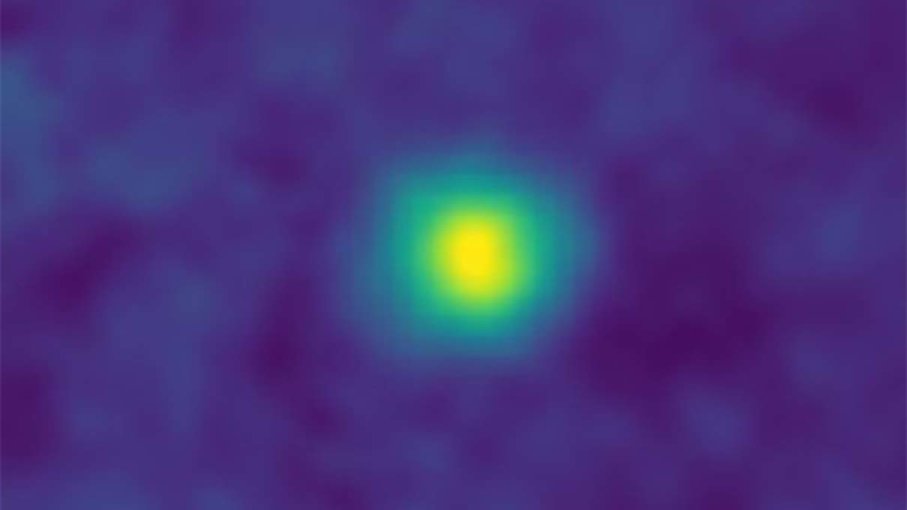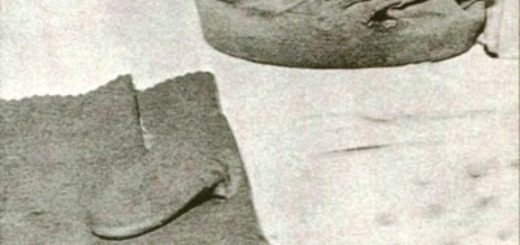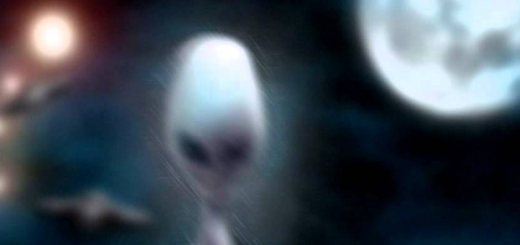The Farthest Pictures From Earth Ever Taken

The image of a Kuiper Belt object that NASA’s New Horizons space probe took from 3.79 billion miles (6.12 billion kilometers) away from Earth. NASA.GOV
NASA’s New Horizons space probe was launched in 2006 on a mission to gather information about Pluto and its moons and the Kuiper Belt, a ring of debris on the edge of our solar system. After reaching Pluto in 2015, the craft made some startling discoveries, including ice-covered mountains that towered 11,000 feet (3,500 meters) above Pluto’s surface, and a massive 4- to 6-mile (7- to 9-kilometer) deep canyon on the surface of Charon, one of Pluto’s moons.
Now, the spacecraft has achieved yet another mind-blowing feat, by using its Long Range Reconnaissance Imager instrument to take these pictures of Kuiper Belt objects and the Wishing Well star cluster from a distance of 3.79 billion miles (6.12 billion kilometers) from Earth. That’s the farthest away from our planet that any camera has snapped images, surpassing the famous “Pale Blue Dot” image of Earth shot by NASA’s Voyager 1 back in February 1990.
New Horizons may produce even more spectacular images when it awakens from its current hibernation and does a close-up fly-by of a Kuiper belt object called 2014 MU69, which is located about 4 billion (6.43 billion) miles from Earth, in January 2019. One of the things New Horizons will be trying to find out is whether MU69 is actually two pieces of rock, orbiting close together. MU69 will be the most distant object ever observed with a fly-by.



 Creators of mankind
Creators of mankind Description of “Tall white aliens”
Description of “Tall white aliens” Where they came from?
Where they came from? About hostile civilizations
About hostile civilizations The war for the Earth
The war for the Earth “Tall white aliens” about eternal life
“Tall white aliens” about eternal life Video: “Nordic aliens”
Video: “Nordic aliens” Aliens
Aliens Alien encounters
Alien encounters The aliens base
The aliens base UFO
UFO Technology UFO
Technology UFO Underground civilization
Underground civilization Ancient alien artifacts
Ancient alien artifacts Military and UFO
Military and UFO Mysteries and hypotheses
Mysteries and hypotheses Scientific facts
Scientific facts


















